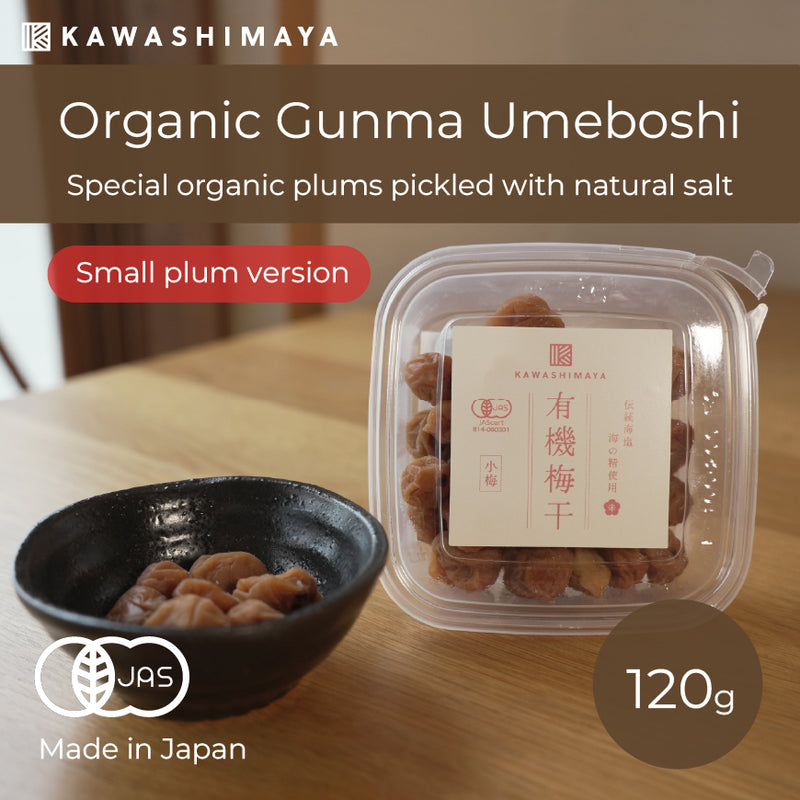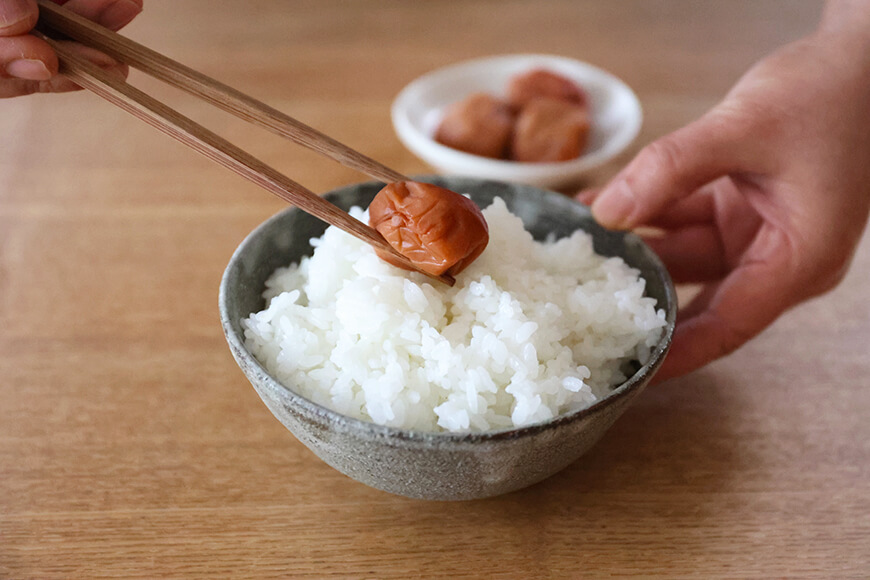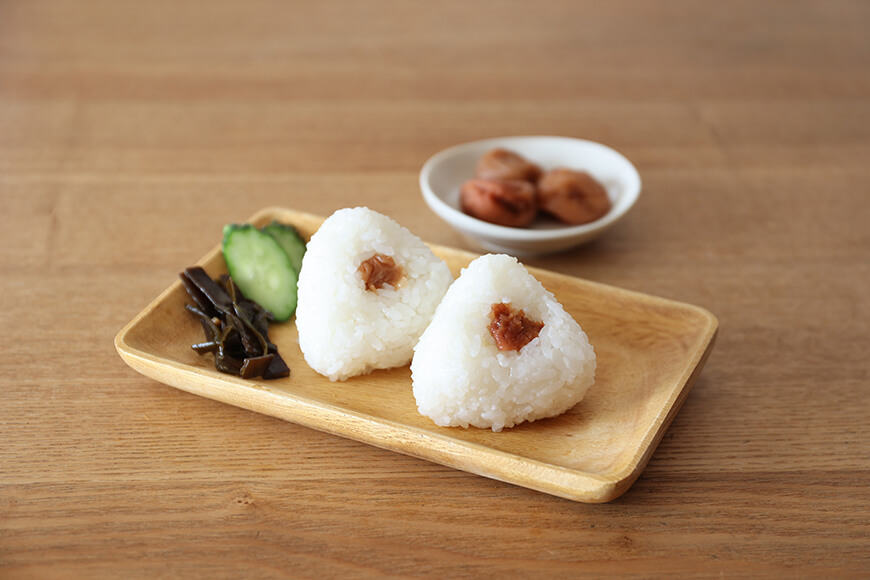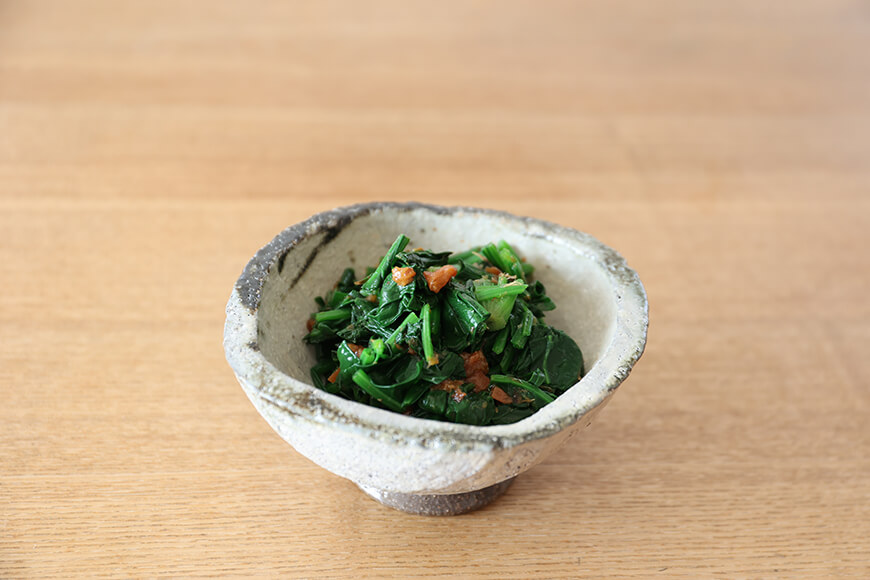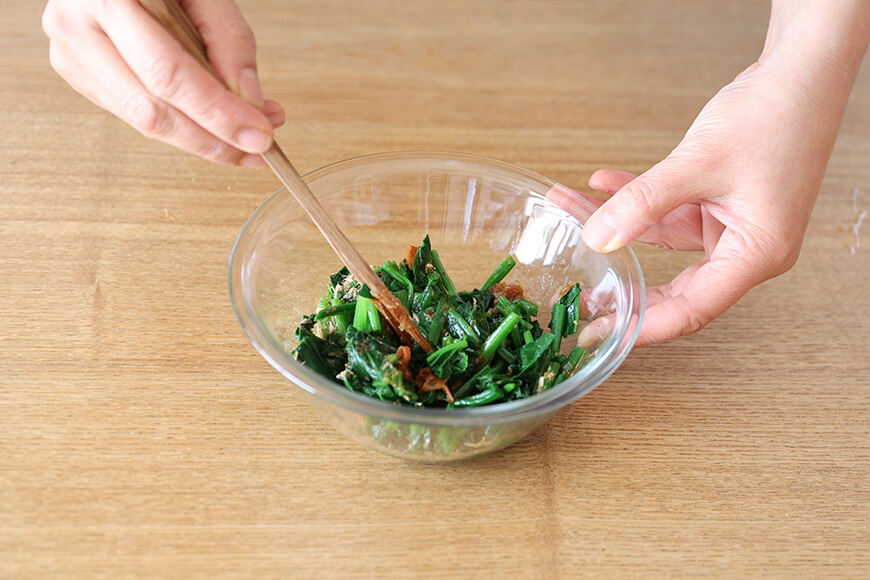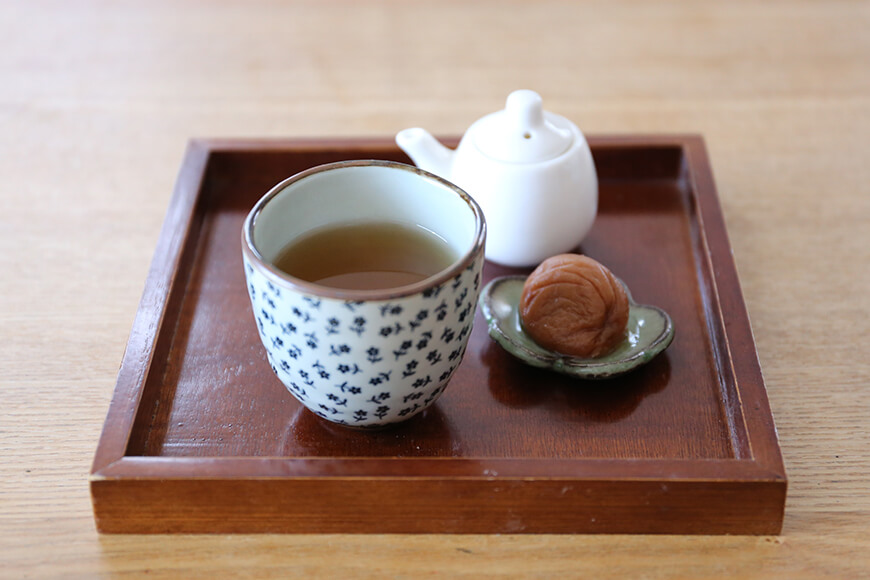Message from the Producer

Yuasa Farm has been growing ume for over 100 years across five generations in fields overlooking Mt. Haruna in Takasaki City, Gunma Prefecture.
We handle every step from cultivation to processing and sales in-house under a sixth industrialization model.

By mowing the undergrowth under the ume trees, we foster soil microorganisms and cultivate ume using high-quality natural humus, without synthetic pesticides, chemical fertilizers, or herbicides.
We also practice sustainability by using solar-powered tools, repurposing pruned branches for heating, and drying umeboshi in glass greenhouses to avoid plastic waste, creating safe, eco-friendly, and delicious ume.

